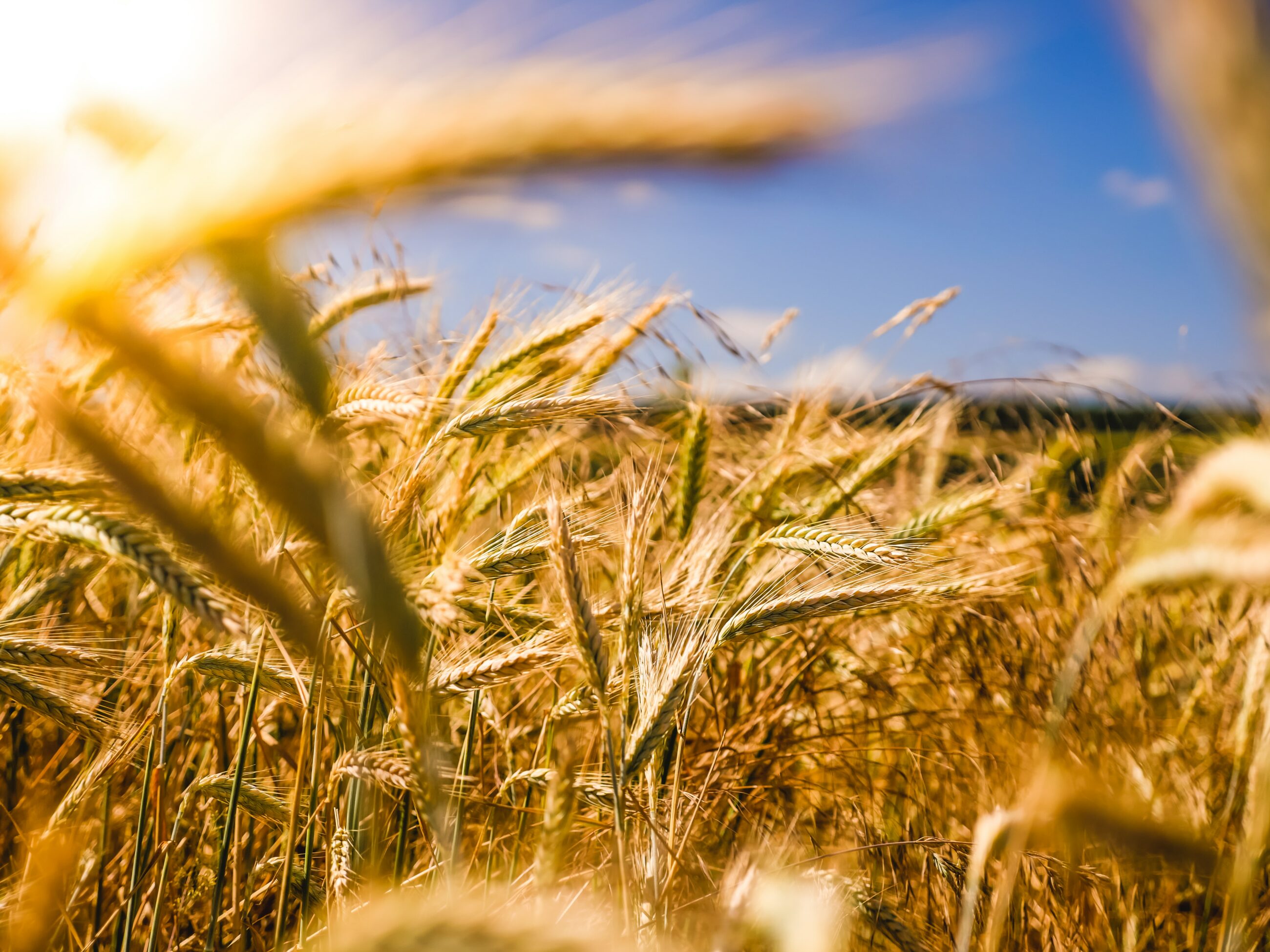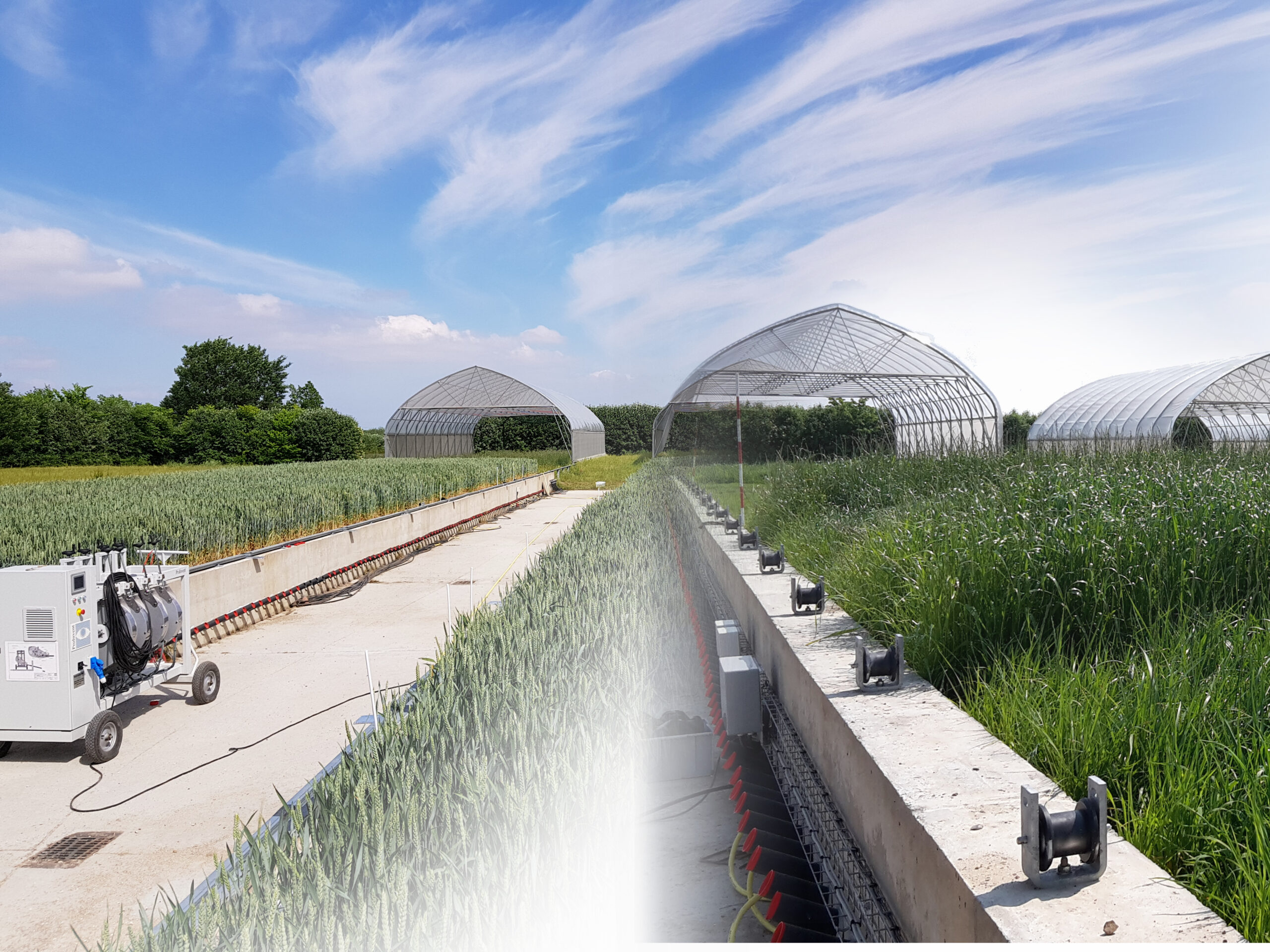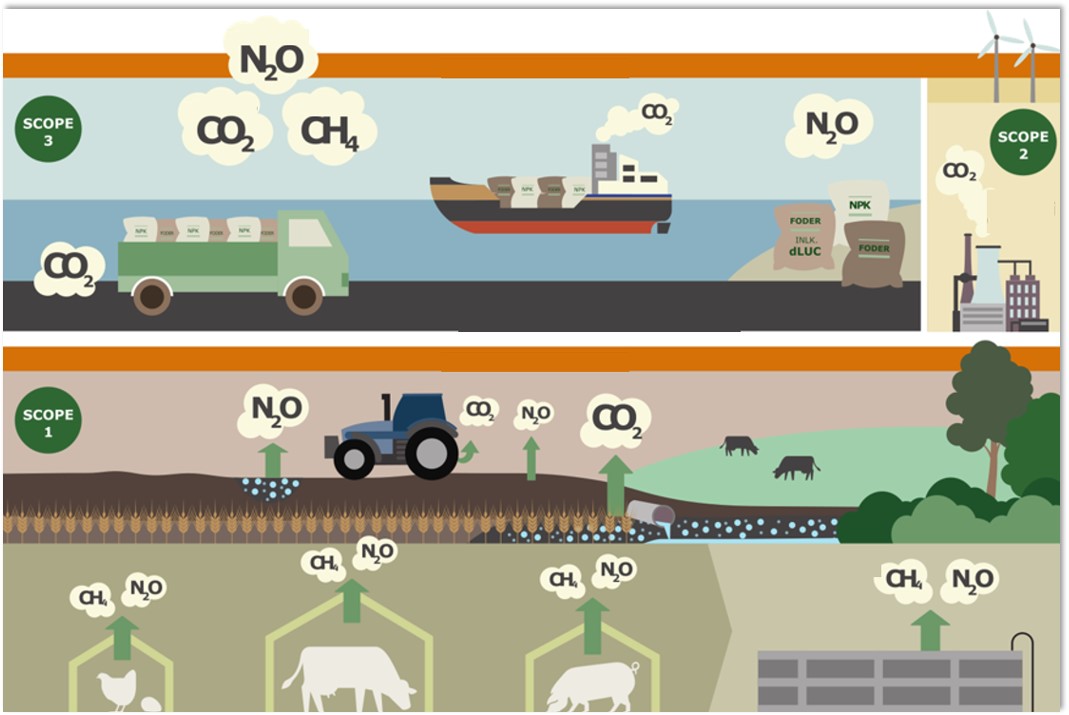The Danish agrifood cluster produces green solutions for more than just the food industry. While conversations about the green energy transition tend to focus on the energy sector, efforts within the agrifood sector also play an essential role in creating more sustainable energy and production systems. Besides optimising farming procedures to reduce greenhouse gas emissions and increasing carbon storage in the soil, the agrifood sector can aid the green transition by contributing with biomass for energy production, building materials and bio-based materials.
Phasing out fossil resources increases demand for biomass from forestry and agriculture. There are huge biological residues from food companies, side streams from food production, landscape management etcetera that can be utilised for energy and fertiliser production, which can serve as a transitioning tool away from fossil energy on the path to renewable energy sources in a time when conditions for energy security are challenged. The biomass we grow must be used for as many purposes as possible, including food, construction, materials, energy – and finally carbon storage.
Thus, a central task in the green transition is to optimise the utilisation of photosynthesis and transform biomass to biobased solutions. The contribution can be made through a range of processes, such as:
- Utilising straw for energy purposes at the bottom of the value pyramid.
- Production of biogas, whereby fossil natural gas is replaced.
- Utilising pyrolysis, producing energy for various Power-to-X purposes, while stabilising the carbon content of the biomass input.
Utilising biogas In terms of biogas, 30 percent of the manure from thelivestock sector in Denmark is processed in a biogas plant– a rate that is among the highest in the world. The Danish biogas production has in 2023 substituted 40 percent of the natural gas consumption and is expected to totally substitute fossil natural gas by 2030. The biogas production is mainly based on livestock manure and residues from industry, households and agriculture. In turn, the sector’s contribution to biogas production enables more sustainable agricultural practices by reducing the climate footprint of production and converting livestock manure and organic waste into fertiliser.
Working together for solutions
The potential of the Danish agrifood cluster’s contribution is already reflected in legislation and sectoral efforts. Finding and optimising new ways of utilising agricultural residues required a heavy R&D effort. In Denmark, the development and deployment of these measures occur in close collaboration between the sector, universities, and authorities. The commitment of all parties is vital to ensure viable conditions for financing, development and practical implementation.

















